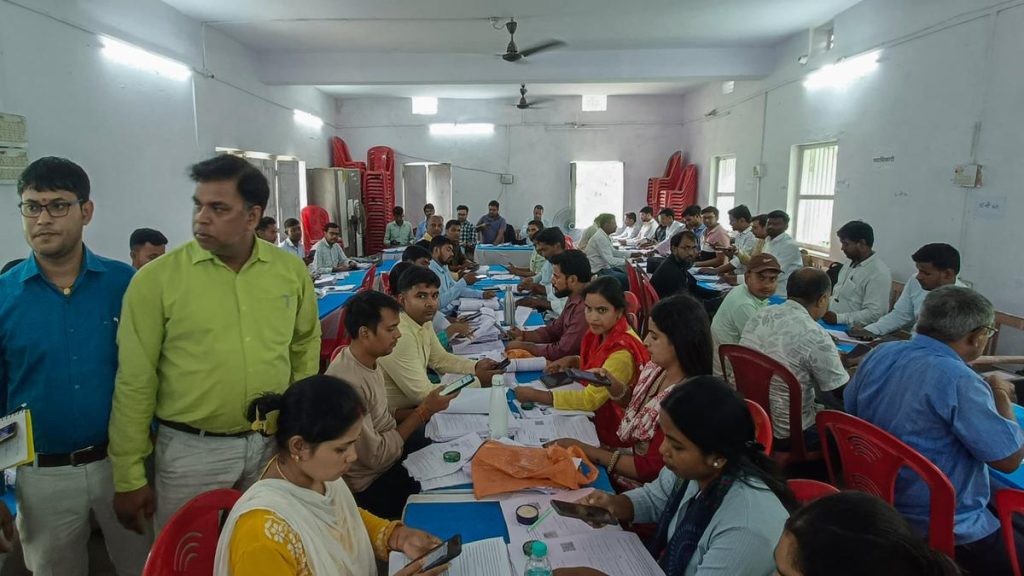Now Reading: Study Links Air Pollution to Dementia Risk in 29 Million People
-
01
Study Links Air Pollution to Dementia Risk in 29 Million People
Study Links Air Pollution to Dementia Risk in 29 Million People

Fast Summary
- A meta-analysis involving data from over 29 million participants across 51 studies has identified a statistically critically important link between air pollution and increased dementia risk.
- Key findings:
– PM2.5: For every 10 μg/m³ of exposure, relative dementia risk rises by 17%.
– NO2: For every 10 μg/m³ of exposure, relative dementia risk increases by 3%.
– Soot (in PM2.5): For each additional μg/m³, the relative risk rises by 13%.
- Major sources of pollution include transportation emissions, industrial processes, and wood burning. Inflammation and oxidative stress were noted as potential mechanisms linking air pollution to brain-related damage leading to dementia.
- Most participants were white individuals from high-income countries; researchers call for better representation in future studies across ethnicities and low-to-middle-income countries.
- Alzheimer’s disease is linked with these pollutants, but vascular dementia (caused by reduced blood flow to the brain) appeared more strongly associated-though not confirmed statistically due to limited data on this sub-group of studies.
Researchers recommend stricter regulations in urban planning,transport policy,and industry practices to combat air pollution effectively.
Indian Opinion Analysis
The findings present a critical challenge for India where urban areas already suffer some of the highest air pollution levels globally. With PM2.5, NO2, and general soot becoming prominent hazards in densely populated cities like Delhi or Mumbai due to vehicular traffic, industrial activity, and construction dust-addressing this issue could have wide-reaching impacts not just for physical respiratory health but also neurological well-being.
While India continues its efforts toward cleaner energy transitions (e.g., electric vehicles), managing othre contributors such as emissions from traditional cooking methods or poor waste management systems will be equally important pathways toward mitigation strategies referred here through international relevance talks via workplace changes stated study . Improved racial inclusion welfare must recommend equal demographic India’s marginalisation lead first
























